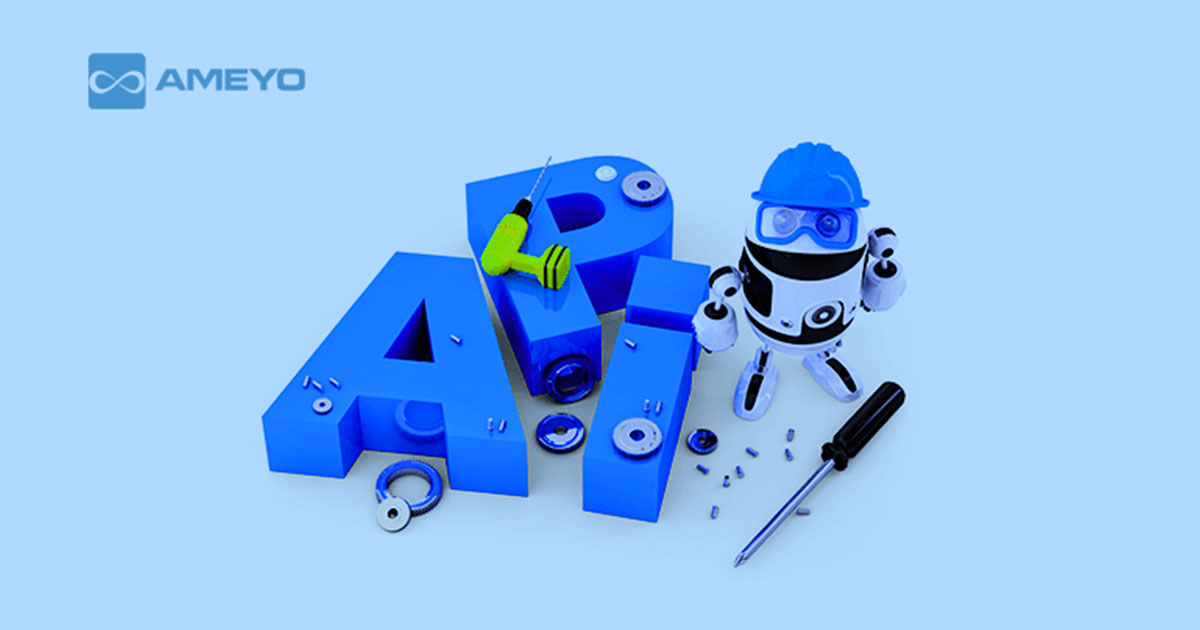“You have got to start with customer experience and work back toward the technology – not the other way around.”
Ok, no prizes for any guesses that this was once remarked by Steve Jobs. Now that almost all brands have realised the true importance of customer experience to foster their all inclusive growth, the primary challenge remains in creating and integrating evolved technologies.
Typically, organizations spend millions of dollars and loads of time to answer simple and repetitive questions from customers. However, they have slowly turned to automated customer service to be more efficient and cost effective.
Something must be said now – the technology behind automated services has immense scope for improvement.
Enter – API or Application Programming Interface!
While many of us might have heard about API, but let’s break it down for people who are yet to be initiated to this technology.
Simply put, API is a combination of routines, protocols, and tools that can be used to build software applications. Application Programming Interface states how various software components should interact, and a great API makes it a far less cumbersome job to create a program by providing all the required building blocks. Thereafter, a programmer can put all the blocks together to provide seamless technology based on the needs of any business.
In other words, APIs are programming instructions that are used to allow software applications to talk to one another and exchange information.
Tell Me More about the Diverse APIs
If we talk about operating systems (OS), Windows by far is the leading environment for Application Programming Interface, which allows software developers to write applications that are uniform with the OS. It needs to be noted here that APIs are source code based, while ABI (Application Binary Interface) is binary based. This is mainly the reason why an operating system like POSIX provides APIs, whereas Linux Standard Base works with ABI.
APIs can also be further classified into Remote and Web.
Remote APIs allow developers to manipulate remote resources through protocols, specific standards for interaction that allow different technologies to work collectively, regardless of programming language or platform. On the other hand, Web APIs are the defined interfaces through which communications take place between an enterprise and applications that make use of the assets. An API approach is an architectural approach that revolves around providing programmable interfaces to a set of services to a host of applications, serving different types of consumers.
These days, APIs are also provided by websites. Popular e-commerce websites Amazon and eBay’s API allow programmers to use the existing retail infrastructure and thereafter, form specialized web stores. Web APIs can also be used to make customized software solutions for end-users.
How Can APIs Foster Customer Experience?
Application Programming Interfaces can assist organizations to automate customer service with the use of human-like interactions that can comprehend natural language with conversational automated assistants.
APIs can be easily tailored to realize customer concerns, along with answering and resolving issues all in real-time. This can help customer service representatives to focus on more complex problems and other value-adding activities.
Moreover, this technology can be effortlessly deployed across all Omnichannel mediums of interaction – including chat, mobile, web, social media, and other third-party integrations. While interacting with customers, contact center agents often have to redirect the call to someone outside the customer service department. That is exactly where things start to head south.
Without a doubt, APIs can come to the rescue and track whether a customer issue has been resolved, and furthermore, record communications so that agents can access them later if and when required.
What do you think can be the true power of the Application Programming Interface? Will this technology bring significant advancements in the Customer Service landscape? Share your thoughts in the comments below.


